Rhubarb Companion Planting Guide – What & What NOT to Plant
Read on to find out exactly what rhubarb companion plants will work best for you in your vegetable garden or flower bed! This guide for companion planting rhubarb will encourage your sweet vegetable’s growth and will help to deter unwanted pests. Find out what plants make great companions and what plants make bad companions for rhubarb. Love rhubarb? Check out this delicious Rhubarb Buttermilk Muffin Recipe and this Strawberry Rhubarb Freezer Jam Recipe… both are great ways to use up your abundance of rhubarb.
When I think of spring, I think of growing rhubarb! Rhubarb is often one of the first perennials to pop up in my garden and its growth is rapid and satisfying. This perennial LOVES cold winters- it actually does better in zones that are cooler – up to zone 7. Rhubarb produces more stems when it gets an extended winter chilling period with temperatures below -40… which makes it a great crop to grow in Northern Alberta and other chillier zones.
Precautions can be taken in warmer zones to help rhubarb thrive in extended periods of intense heat such as shade cloth.
Another action that you can take to make your rhubarb plants thrive is to make sure that you are thinking of rhubarb companion plants– plants that will encourage each other’s growth and help to deter pests.
What Is Companion Planting?
Companion planting is a simple way to get the most out of your garden. Gardening with companion planting in mind can help you to improve the nutrients in your soil, provide shelter or a space to climb, attract beneficial insects and pollinators and even repel unwanted pests. Companion gardening stretches beyond the confines of conventional gardening to orchards, trees and shrubs, grains, grasses, and other field crops.
What Are The Benefits of Companion Planting
Weed Prevention: Certain crops provide fast growing ground cover that help to suppress surrounding weeds. Try to alternate upright crops with sprawling plants to keep weeds at bay in your garden.
Nutrient Provision: An appeal of using a polyculture type of approach and planting different plants next to each other is that the plants wont be competing for the exact same nutrients. Certain plants add needed nutrients into the soil and help neighbouring plants to thrive. Legumes are considered “givers” and include plants like peas, beans, clover and alfalfa. They have deep roots that fix nitrogen into the soil. Planting these next to heavy or light feeders that use up nitrogen will create the perfect growing conditions for your crops to thrive.
Trap Cropping: Placing certain bug-appealing plants near other susceptible plants can help to attract pests away from fragile crops and allow them to feed on others that won’t be harmed or aren’t as important. Planting the trap crop ahead of your target crop will ensure the pests stay away from delicate seedlings. Once the trap crop is infested, you can remove it along with the pests.
Pest Suppression: Mixed scents from different plants can help to repel insects (mostly small, egg laying flies) from laying on neighbouring plants. Certain herbs and flowers can prevent pesky worms, nematodes, and other fungi. The oil from Marigolds has been proven to be a great deterrent for many different pests.
Protective Shelter: Fragile plants or plants with very specific needs can be benefitted from the shelter that surrounding plants may provide. Companion plants can provide shade, a wind barrier, and a canopy to protect lower plants from rain, hail, and even frost.
Natural Supports: Strong, tall plants such as sunflowers and corn offer trailing plants or low growing plants like peas and cucumbers a strong trellis-like support to climb and spread.
Rhubarb Companion Plants
Plants that compliment rhubarb include:
Beans- Beans are givers! Rhubarb helps to protect beans from certain types of aphids while benefitting from their nitrogen fixing capabilities! Choose lower varieties of beans to plant around rhubarb to make sure that they don’t grow so tall that they block sun. Bush beans are a great option.
Alliums- Alliums make great rhubarb companion plants because they help to keep away leaf beetles and weevils which have big potential to do damage to your beautiful rhubarb crop.
Strawberries- Strawberries create a great living mulch around rhubarb, suppressing weeds and holding in moisture.
Members of the Brassica Family- Brassicas such as broccoli, kale, cauliflower, kohlrabi, and cabbage make great rhubarb companion plants. While they don’t offer a lot to rhubarb, rhubarb helps to protect them from whiteflies because of its scent.
Garlic- Garlic’s pungent smell helps to keep weevils away from rhubarb, making it a great companion!
What NOT to Plant With Rhubarb
Plants that you shouldn’t grow alongside rhubarb include:
Melon- Both melon and rhubarb have large leaves that seek out the sun. Melons will overtake the rhubarb to rise above and fight for available sunlight.
Cucumber- Cucumbers are heavy nutrient feeders and can deplete the soil of the nutrients that rhubarb needs to flourish.
Pumpkin- Like melons, pumpkins are phototrophic and will fight with your rhubarb for available sunlight, rising above it and potentially slowing its growth.
Dock- Dock attracts bugs to your garden that can be detrimental for your rhubarb plant.
Black Walnut- Rhubarb acts as a living mulch in many applications; however, planting it next to a black walnut tree is not a good idea! Black Walnut trees produce juglone which can slow or stop the growth of your rhubarb.
Sunflowers- Avoid planting Rhubarb alongside sunflowers and thistles which are all susceptible to curculios, a boring weevil. Rhubarb in particular falls prey to Rhubarb Curculios which can do a lot of damage leaving notches in the stalks and leaves.
Frequently Asked Questions About Rhubarb
Rhubarb stocks are not toxic but the rhubarb leaves are. They contain a large amount of oxalic acid that can cause gastrointestinal problems and lead to more serious problems in higher amounts.
Rhubarb enjoys full sun! It does well in nutrient rich soil that has moderate moisture levels. If you live in USDA zone 6 or above, consider planting your rhubarb against a building or in a location where it is protected from the hot afternoon sun. Rhubarb loves cold winters.
Yes, according to WebMD, Rhubarb is full of antioxidants anthocyanins, and proanthocyanidins.
From seed to your first harvest, budget rhubarb about two years to grow. Stocks should be 1-2 feet when harvesting. If you want rhubarb faster, consider buying larger stock at your local greenhouse or nursery.
It is best to pull rhubarb. Pull and twist your rhubarb stocks at the base of the plant to remove them close to the roots. This will send a signal to the plant to make another shoot in its place. Alternately, cutting it will leave a small dead piece of stem that doesn’t help produce more shoots.
This comes as a surprise to most but rhubarb is a vegetable! Though rhubarb is used in many sweet dishes, the perennial belongs to the vegetable family.
Rhubarb is ripe almost all summer. Pick stocks that are 12+ inches long to ensure that you are getting perfectly ripe rhubarb. Harvesting larger stocks will help you get to your recipe quota faster and make chopping, cooking, and preserving more time effective.
Rhubarb Recipes Ready for Harvest Time

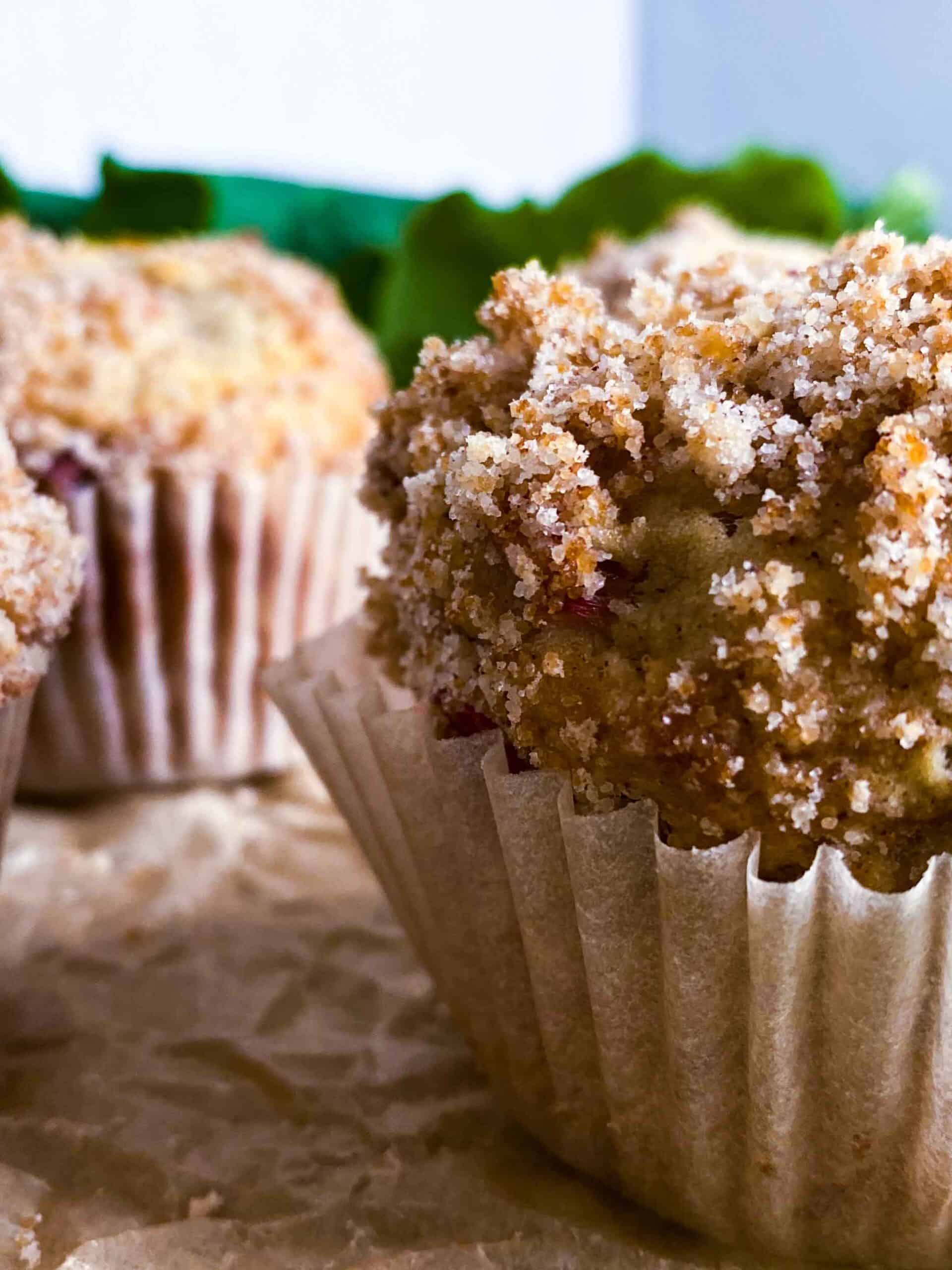
The Best Buttermilk Rhubarb Muffin Recipe With Streusel Topping: There is nothing quite like a rhubarb muffin- tangy, tender, and sweet- these rhubarb buttermilk muffins will quickly become your favorite recipe. The buttermilk in these muffins gives a hint of tang, extra rise, and a soft texture- paired with the cinnamon-sugar streusel, you have a winning combination!
Strawberry Rhubarb Freezer Jam With Vanilla & Cinnamon: This delicious and easy-to-make strawberry rhubarb freezer jam is a favorite. In my zone 3 garden, rhubarb and strawberries are ripe around the same time, making this jam the perfect June recipe. The tangy flavor of rhubarb combined with the sweetness of ripe strawberries creates an irresistible taste that’s perfectly complemented by subtle hints of lemon, vanilla, and cinnamon.
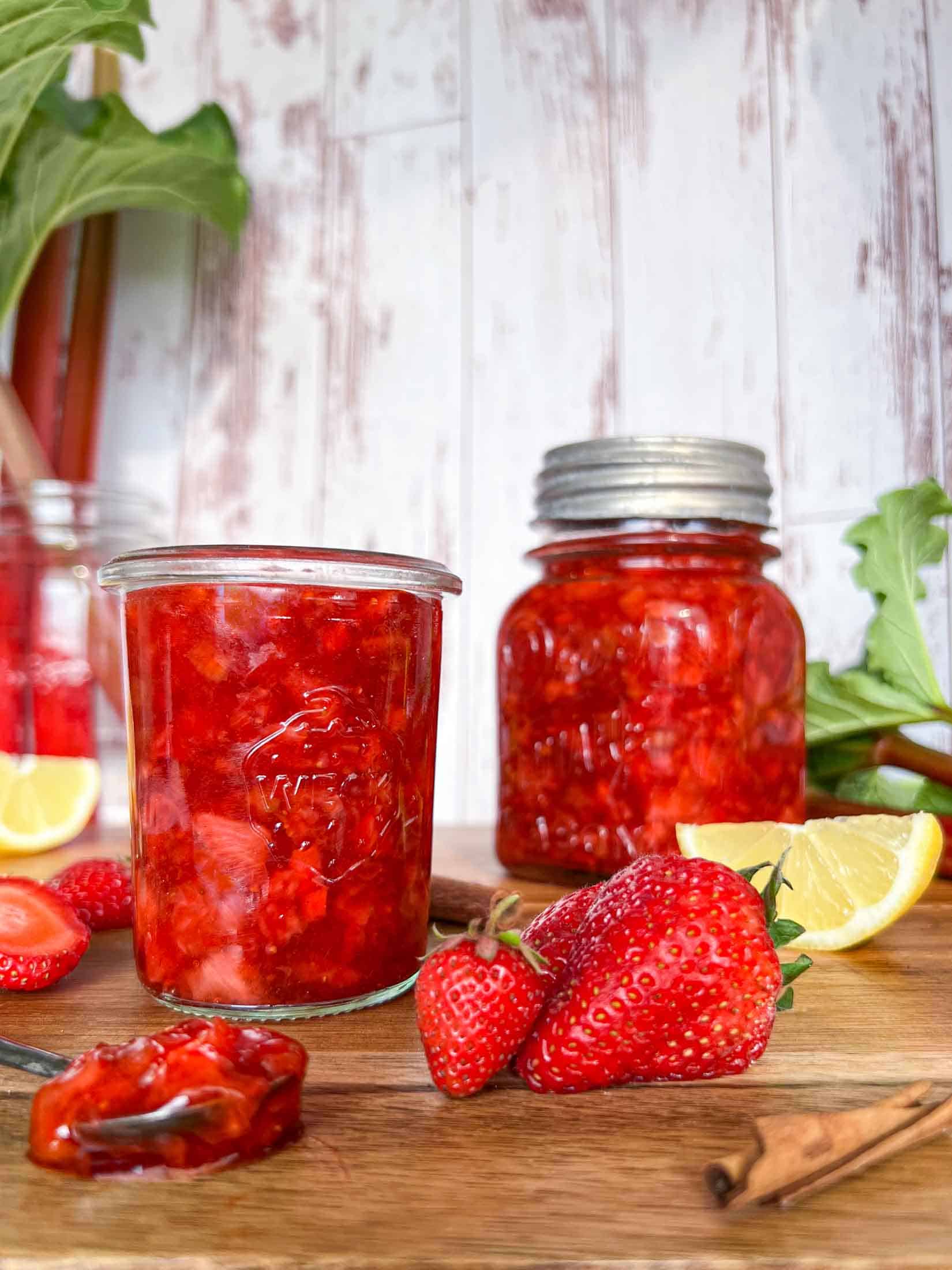
Rhubarb Slush: My mom taught me how to make rhubarb slushes when I was a kid and I love to keep the tradition alive with my own family. With a little time, effort, and a blender, you can make this favourite slush too!
Strawberry Rhubarb Crumble: I love a good rhubarb crumble in the summertime. When your rhubarb is ready to harvest, whip up a few of these crumbles and freeze them raw for a quick treat later on down the road.
Rhubarb Custard Pie: Serve this delicious pie with ice cream for a dessert that is sure to please!
How To Dehydrate Rhubarb: Read on to find out exactly how to dehydrate rhubarb and learn preserve this tangy vegetable when your harvest is abundant! Drying rhubarb helps to save freezer space for a long term storage solution that is simple to grab and use any time of the year.
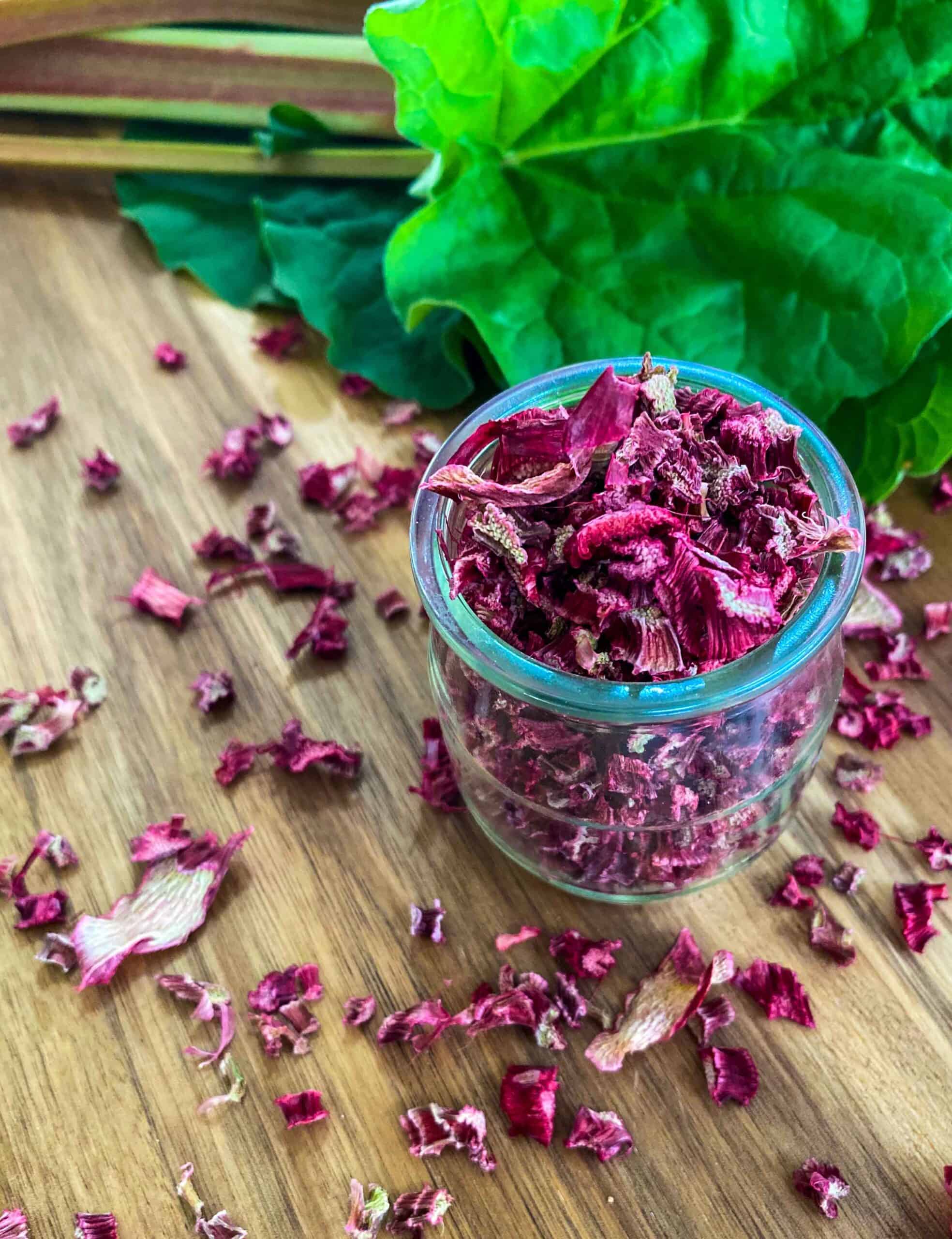
How To Freeze Rhubarb: Freezing rhubarb is a convenient way to get the most out of this vigorous vegetable’s harvest. Peaking in late spring-early summer, rhubarb seems to be the gift that keeps on giving. Freeze rhubarb today to use in all kinds of baked goods, soups, and sauces later on.
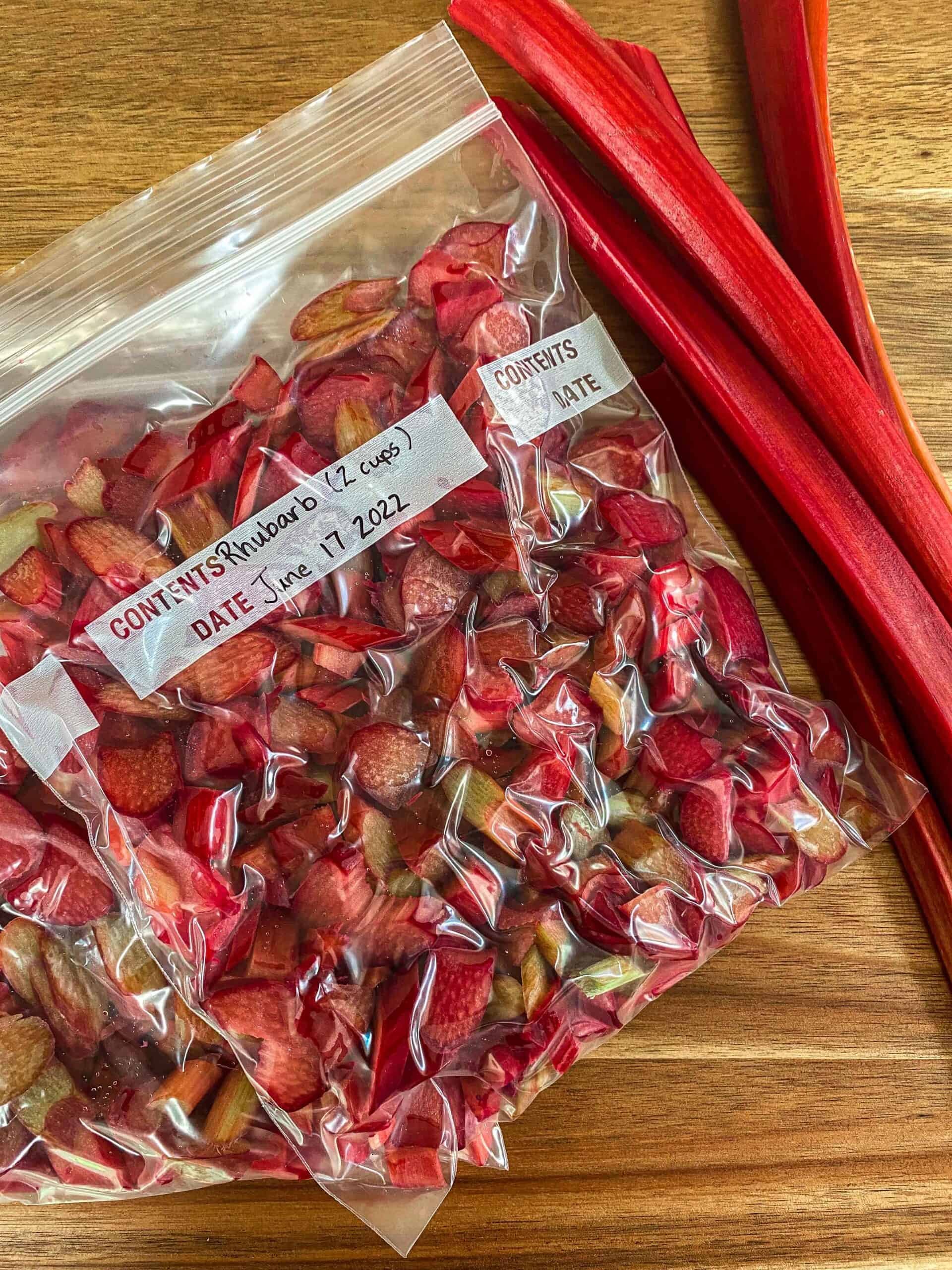

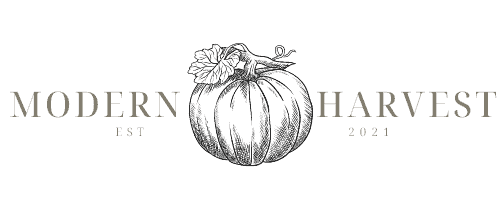
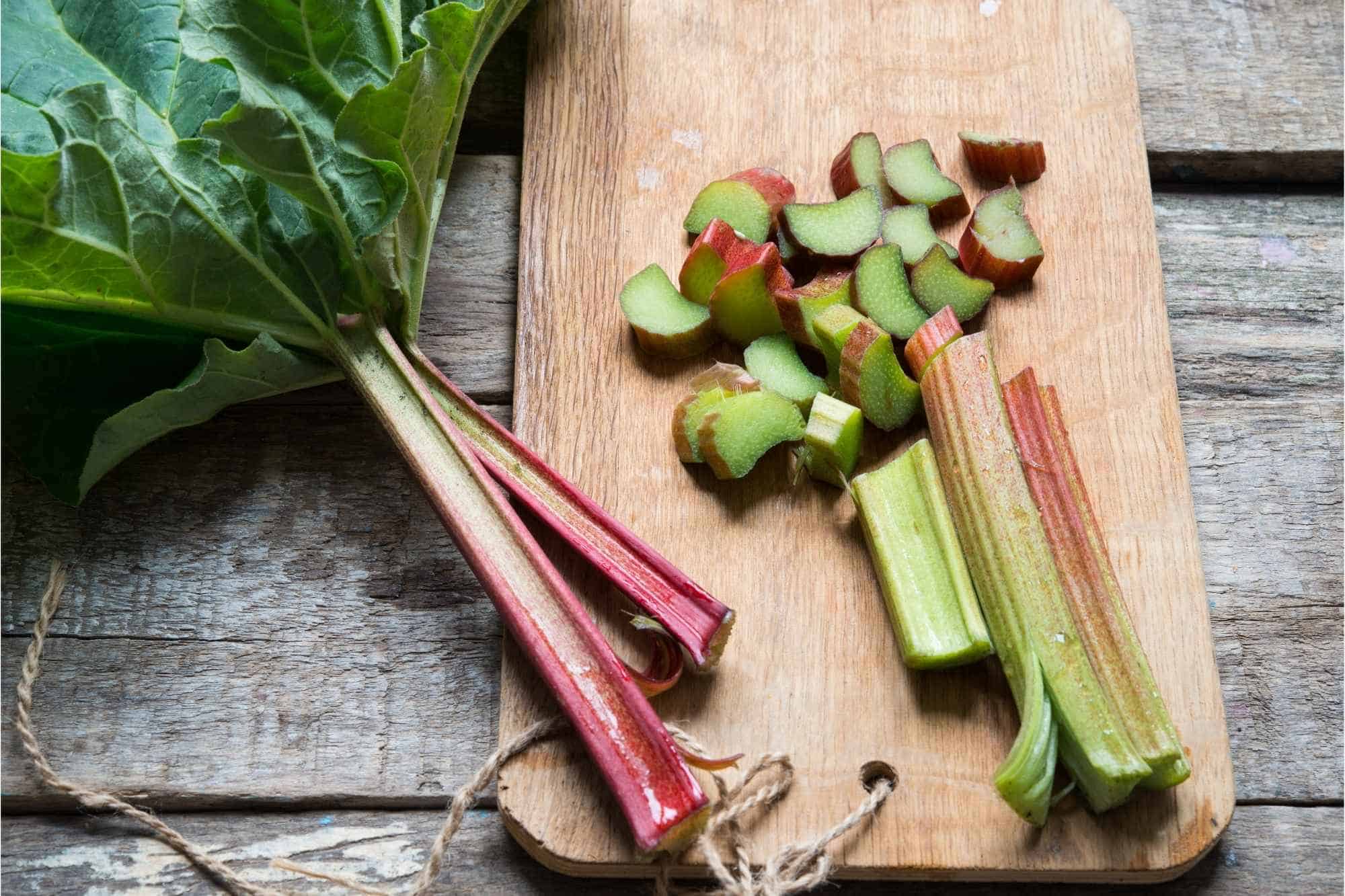
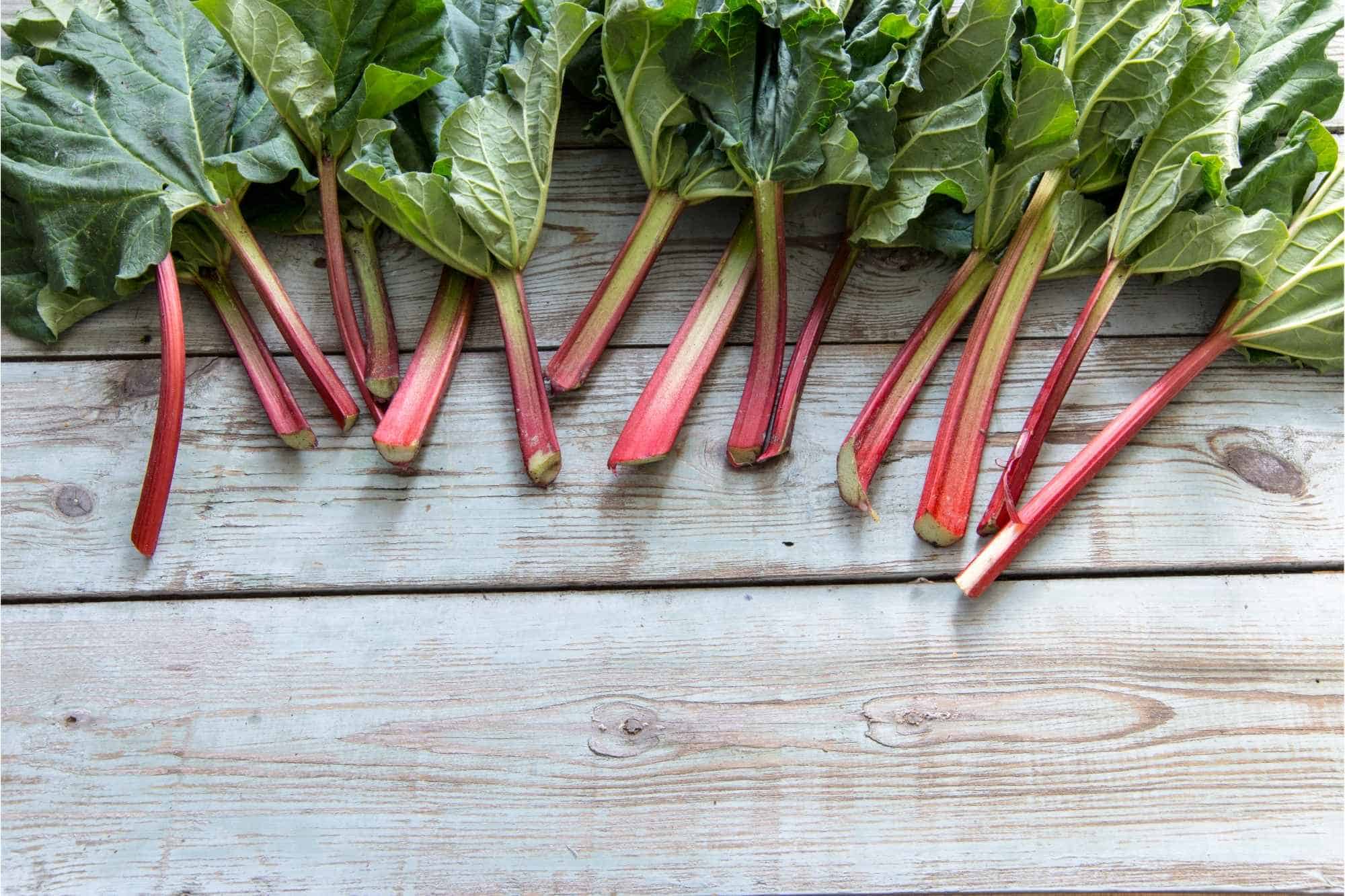
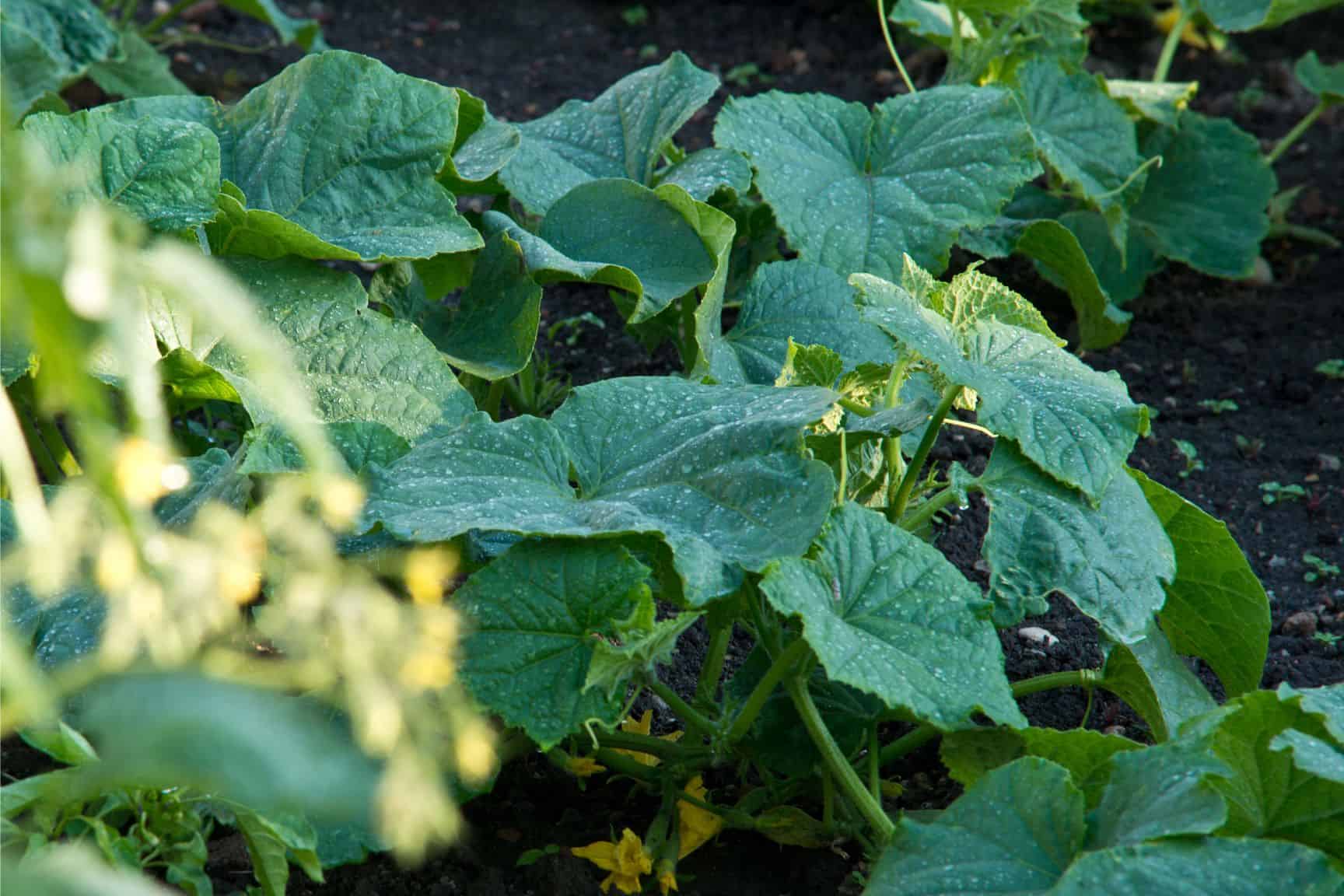
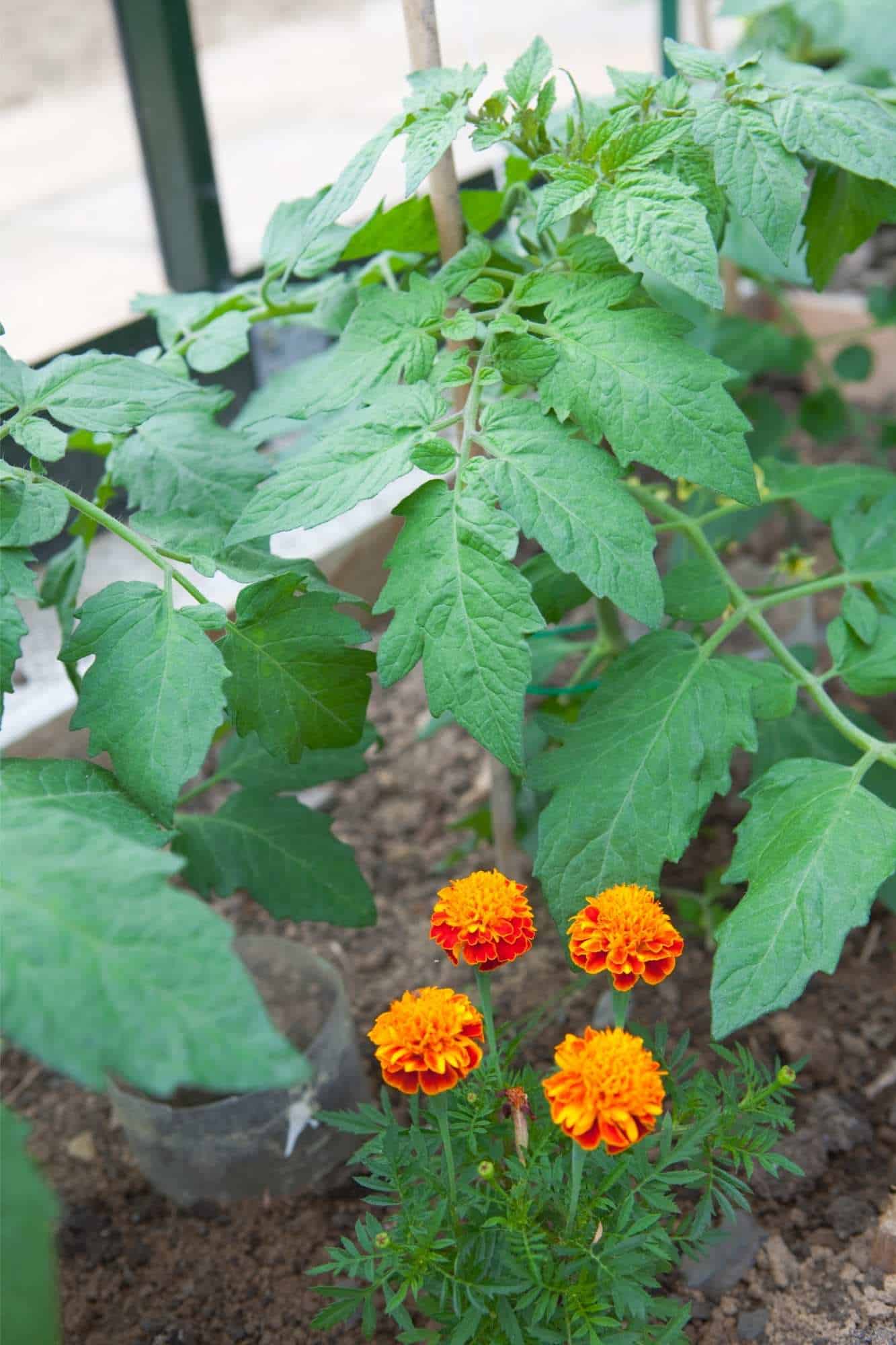
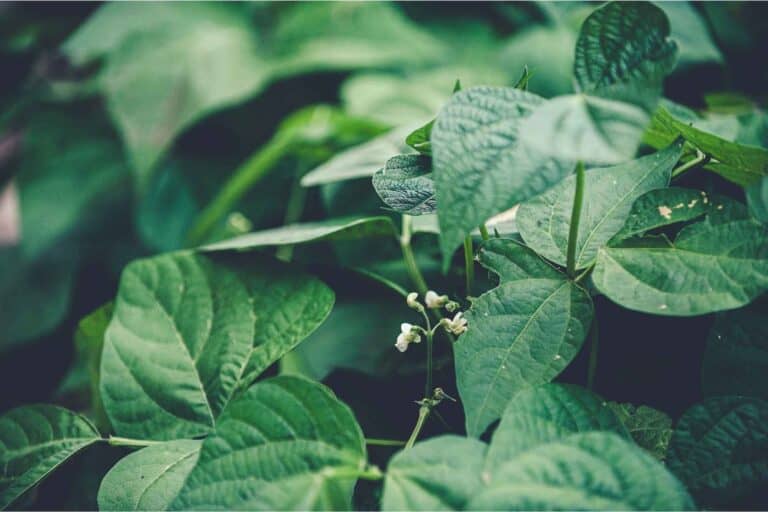

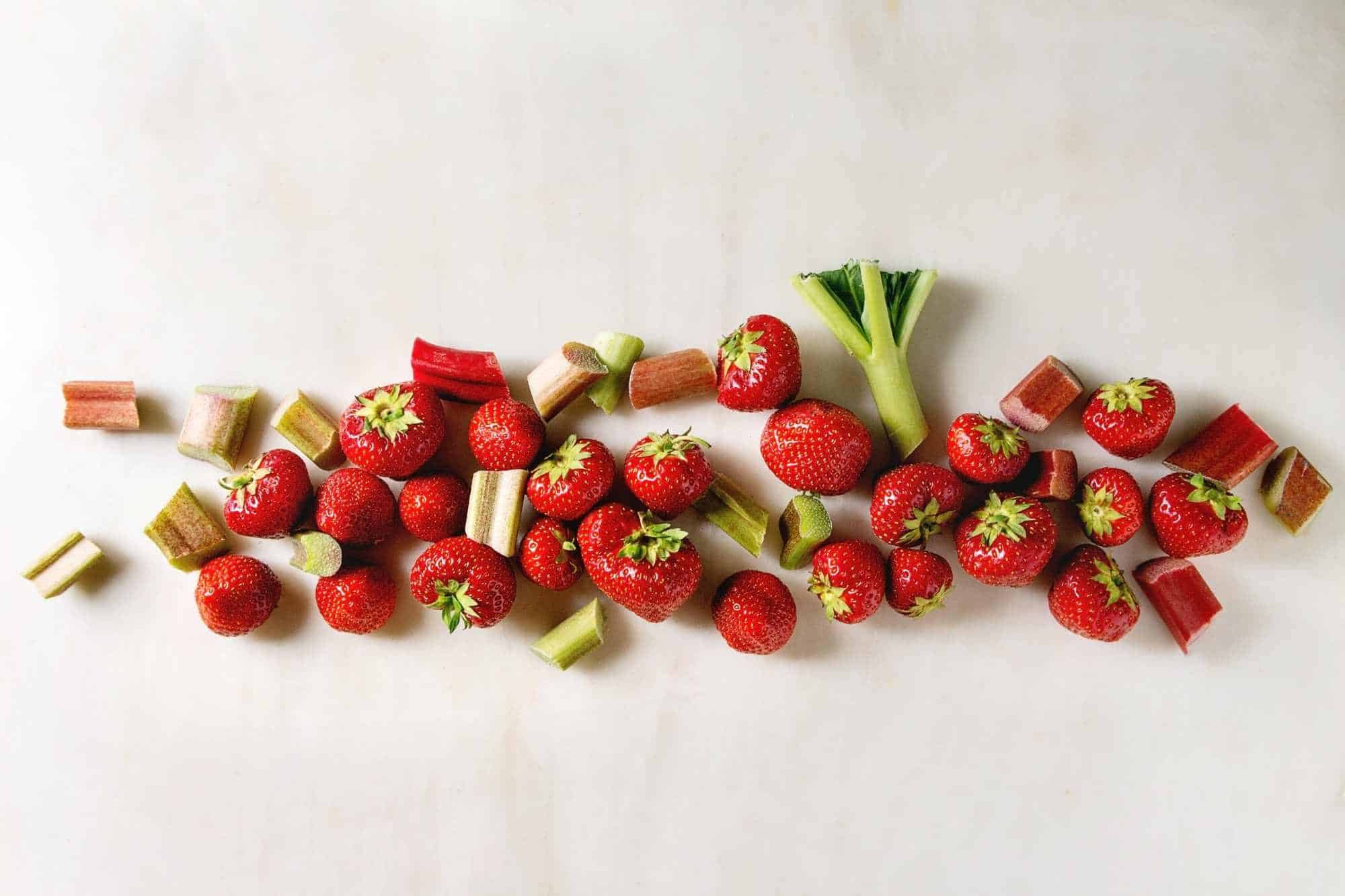
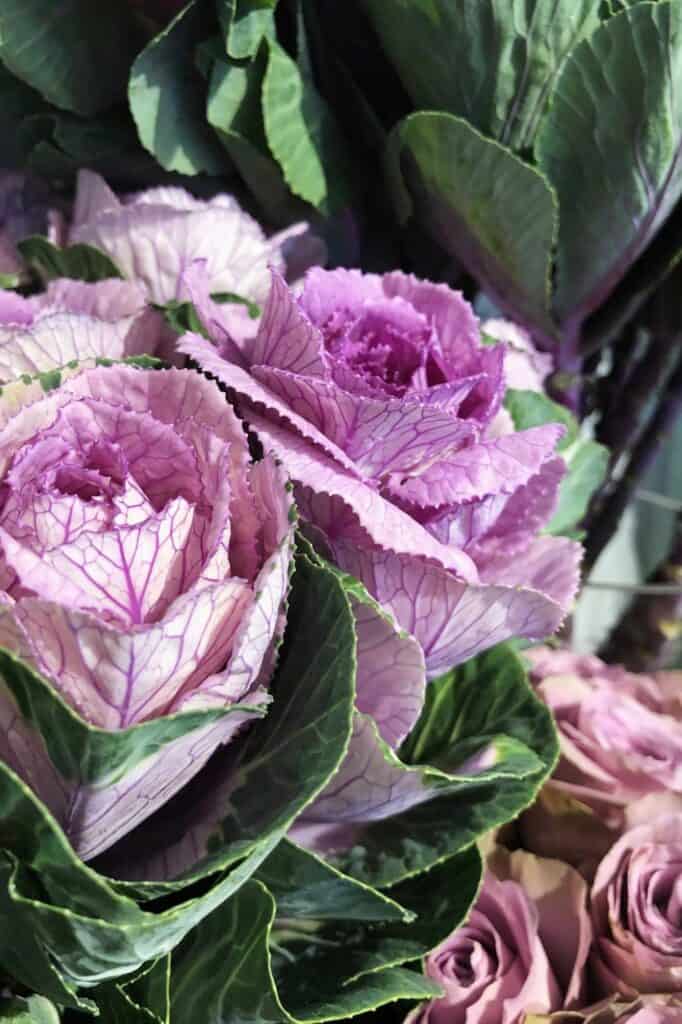
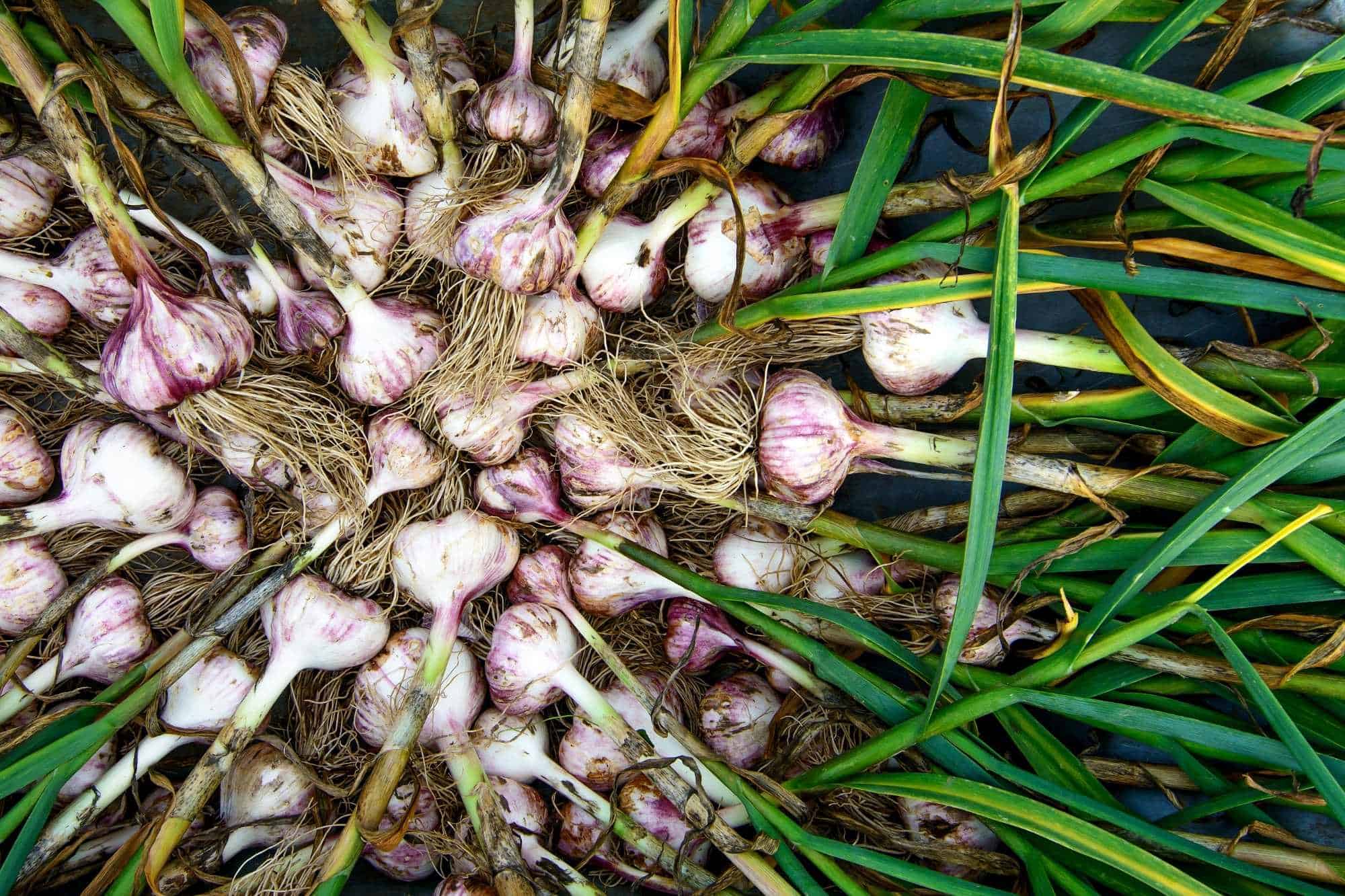
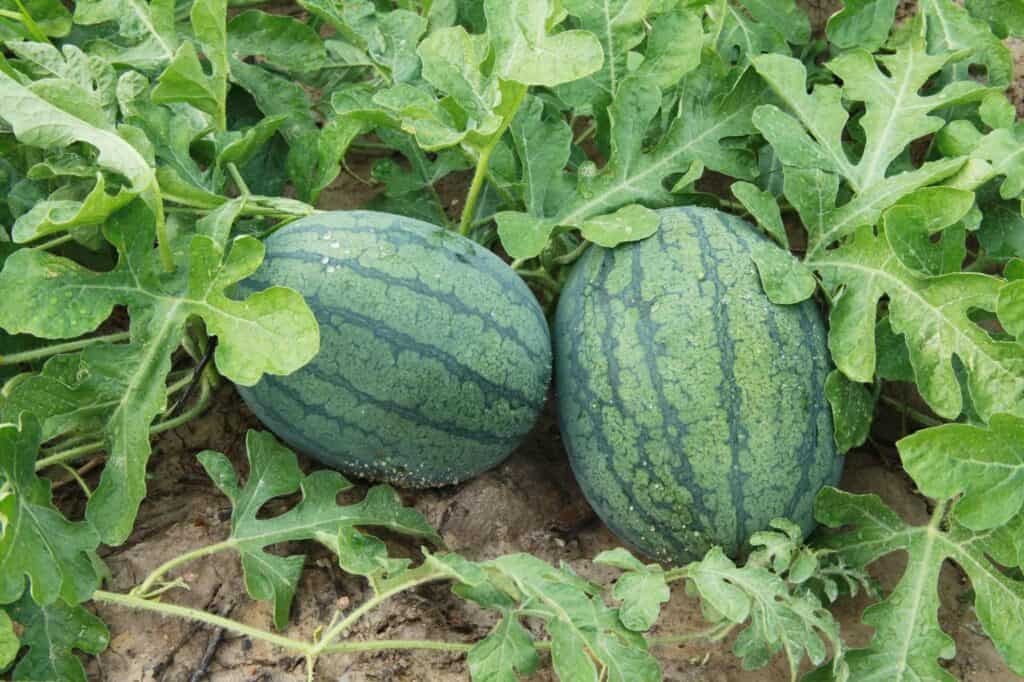
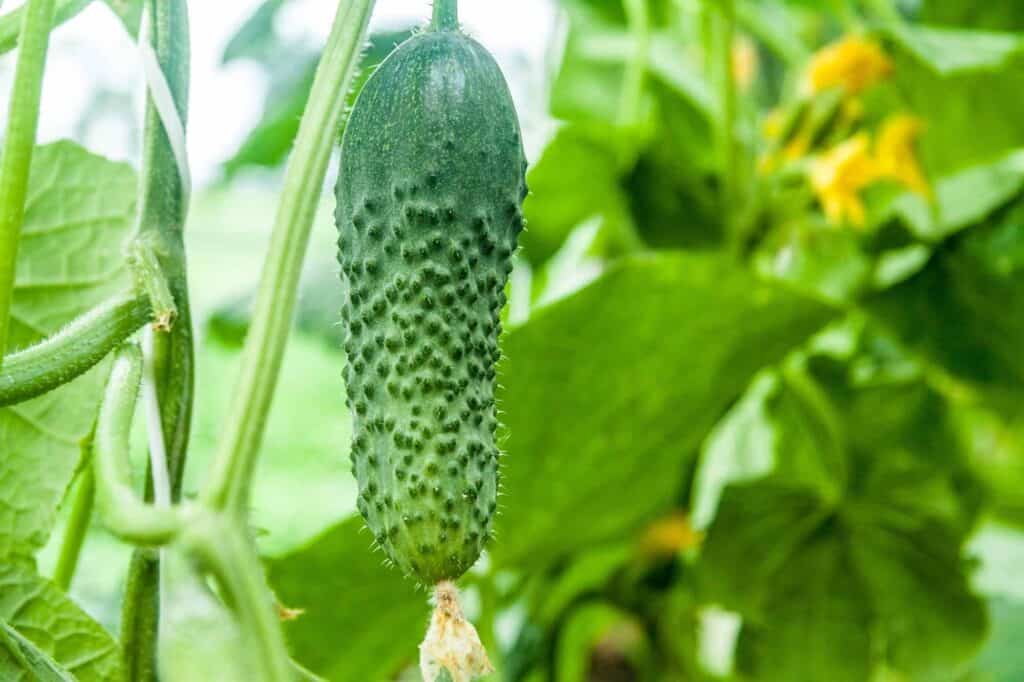
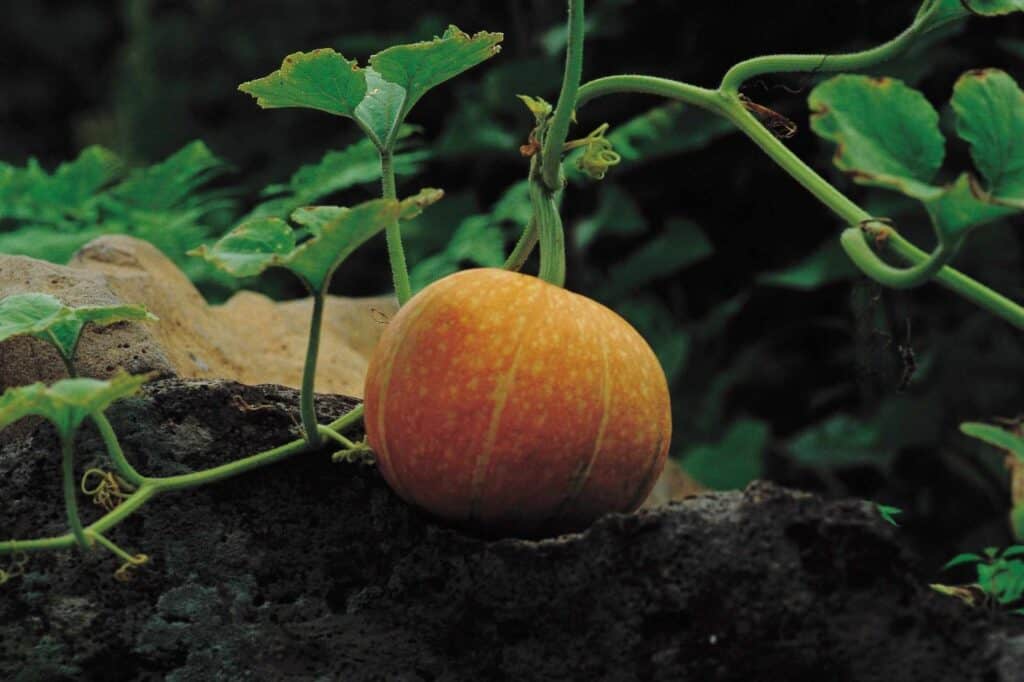
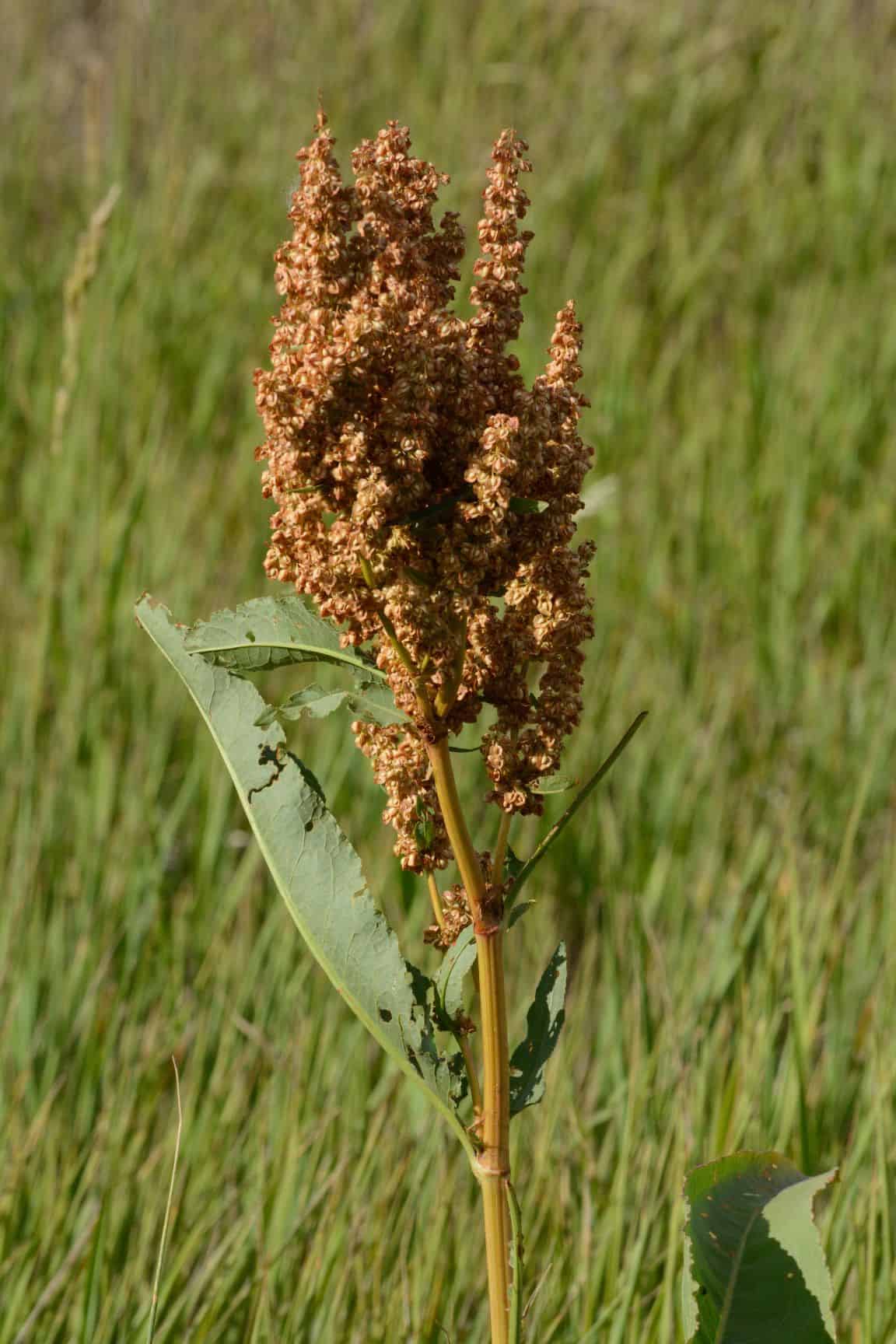
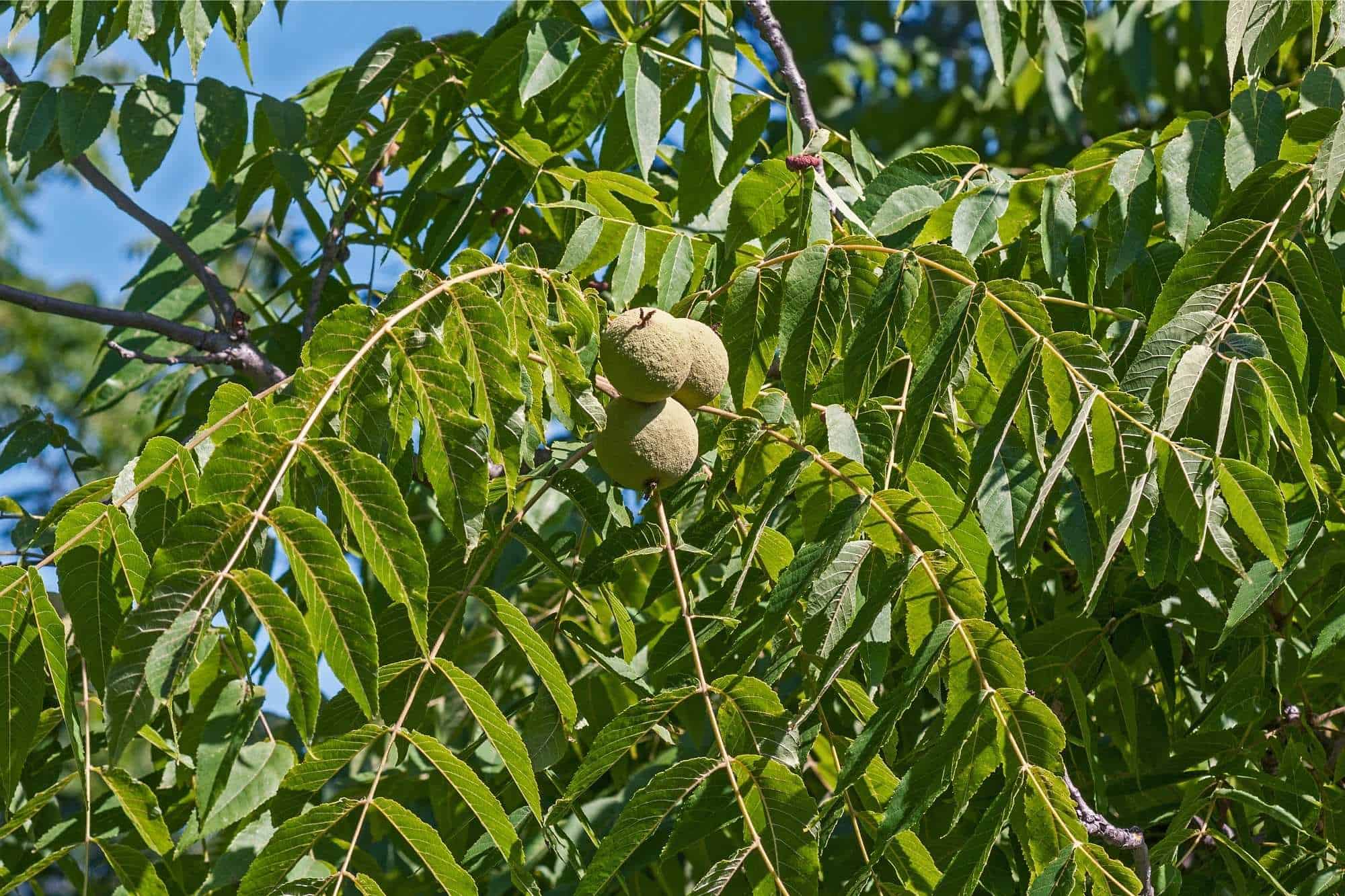
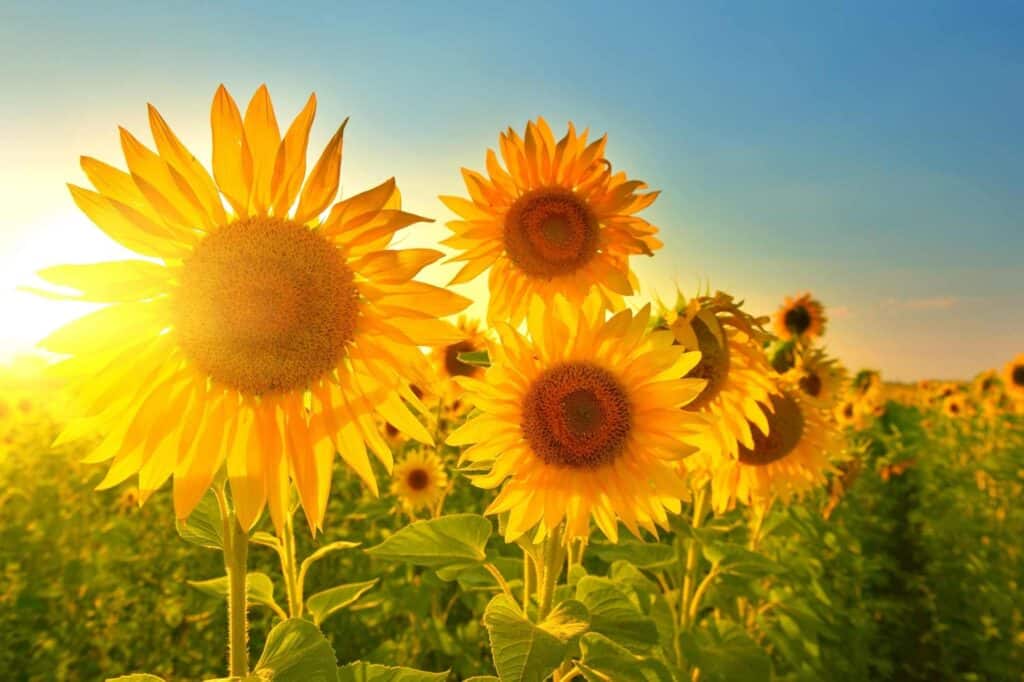
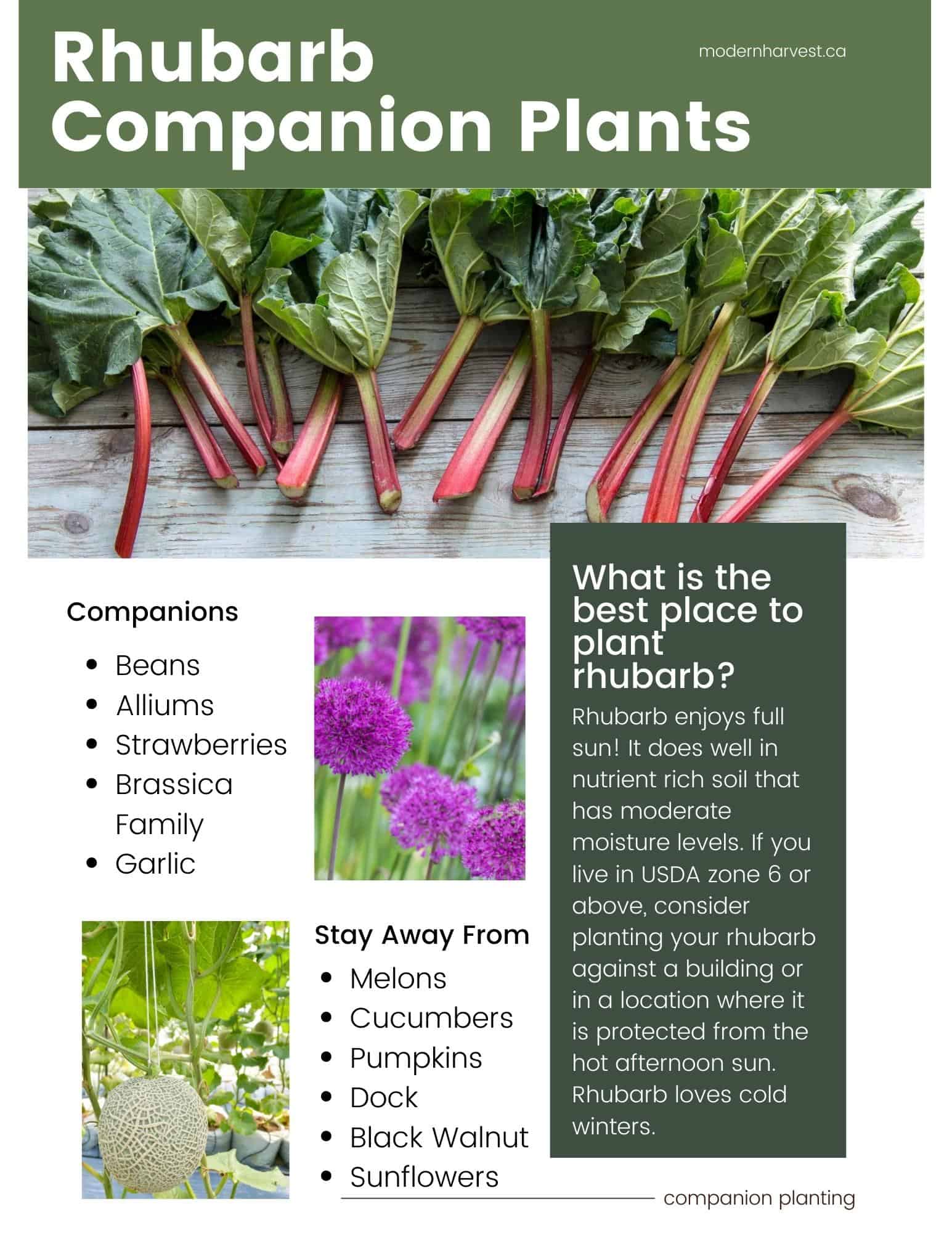
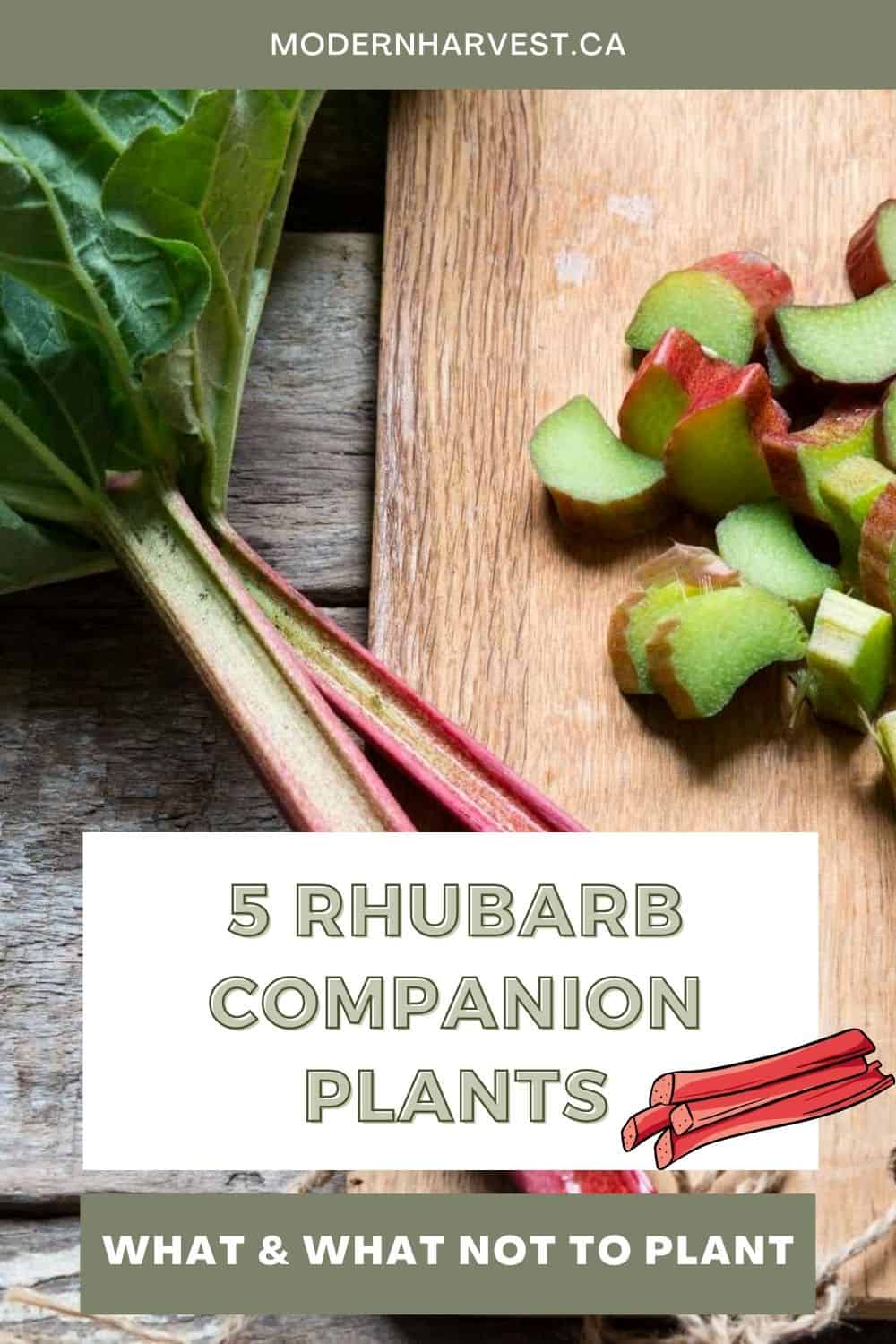
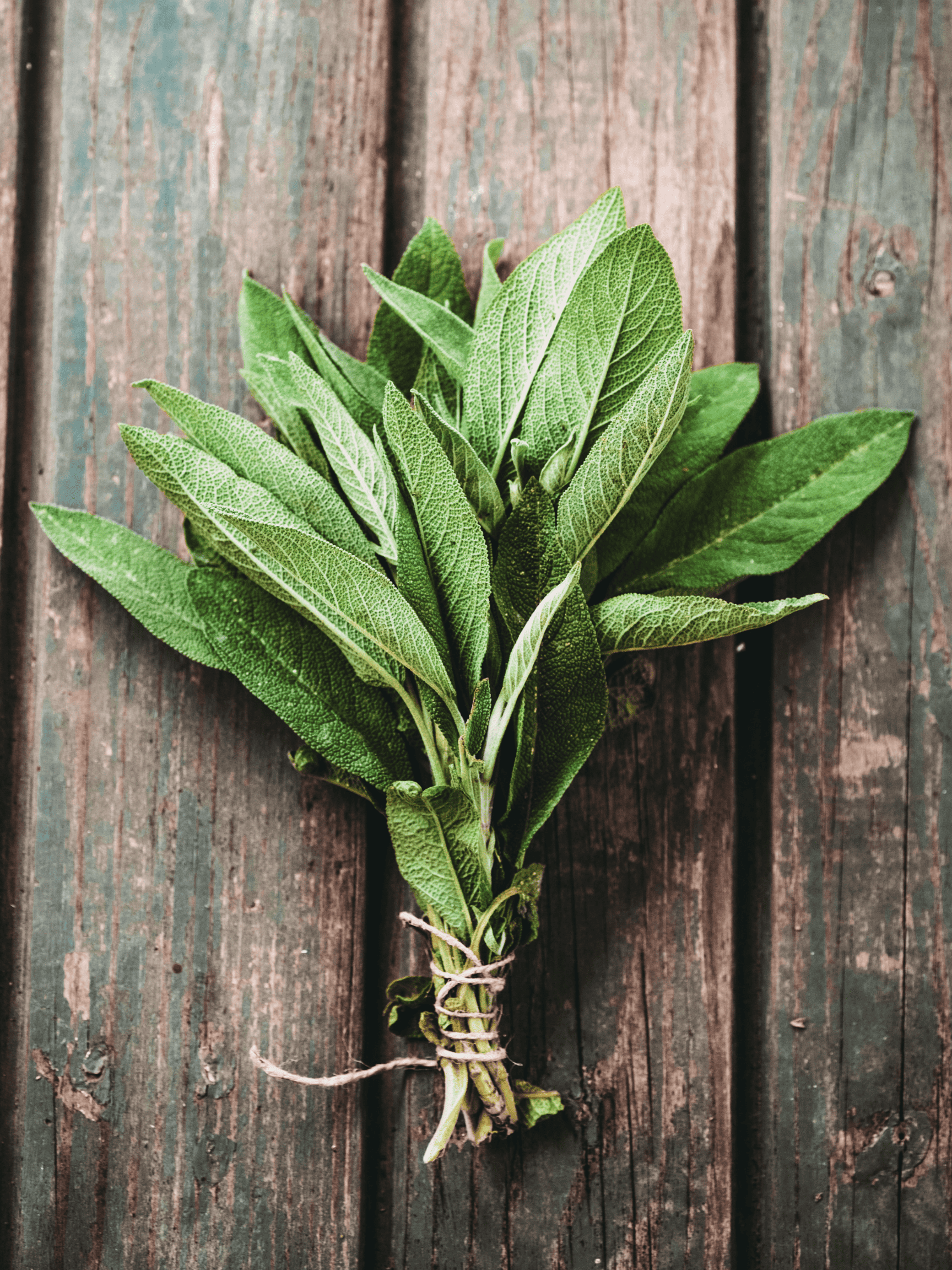
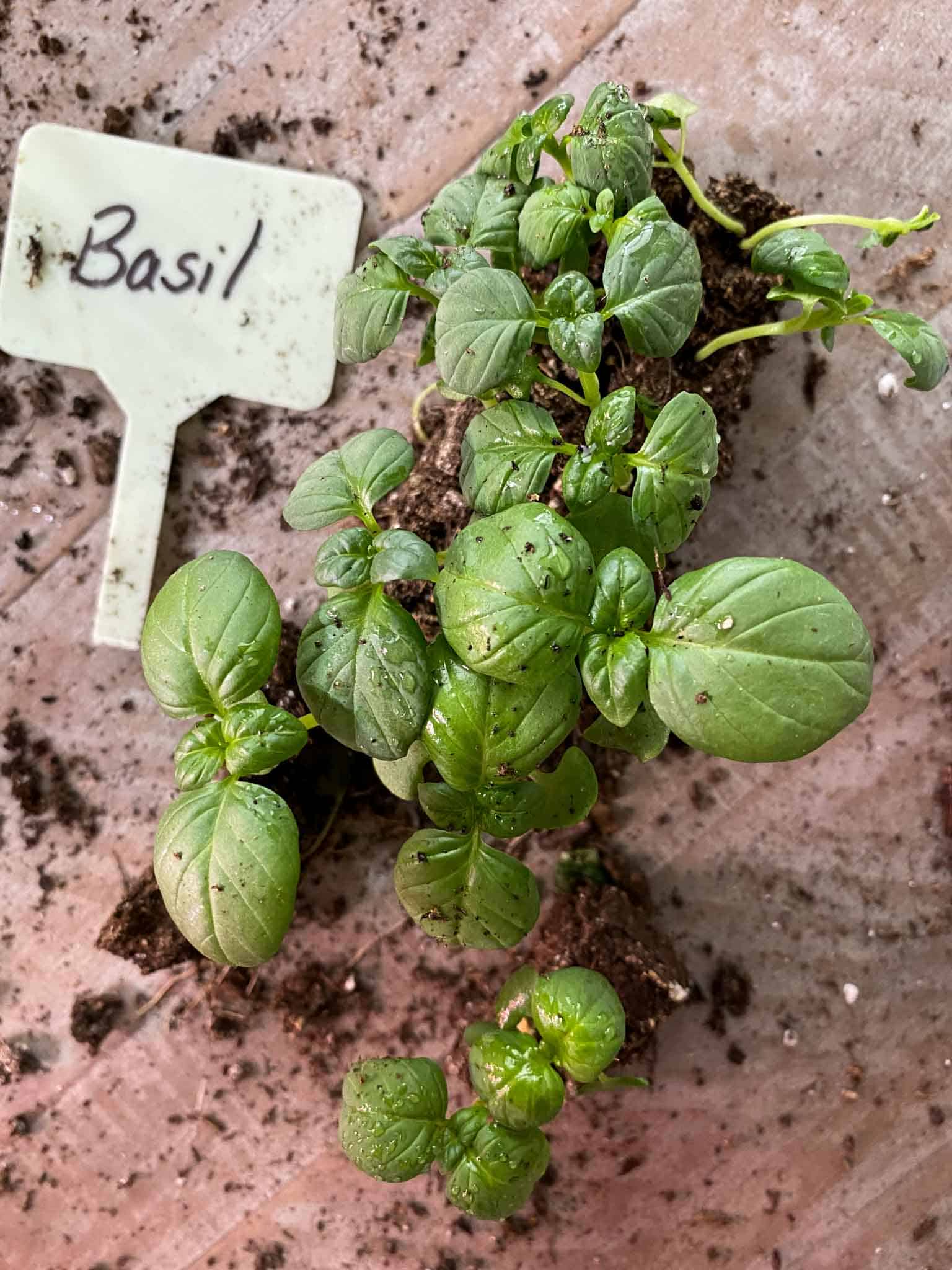

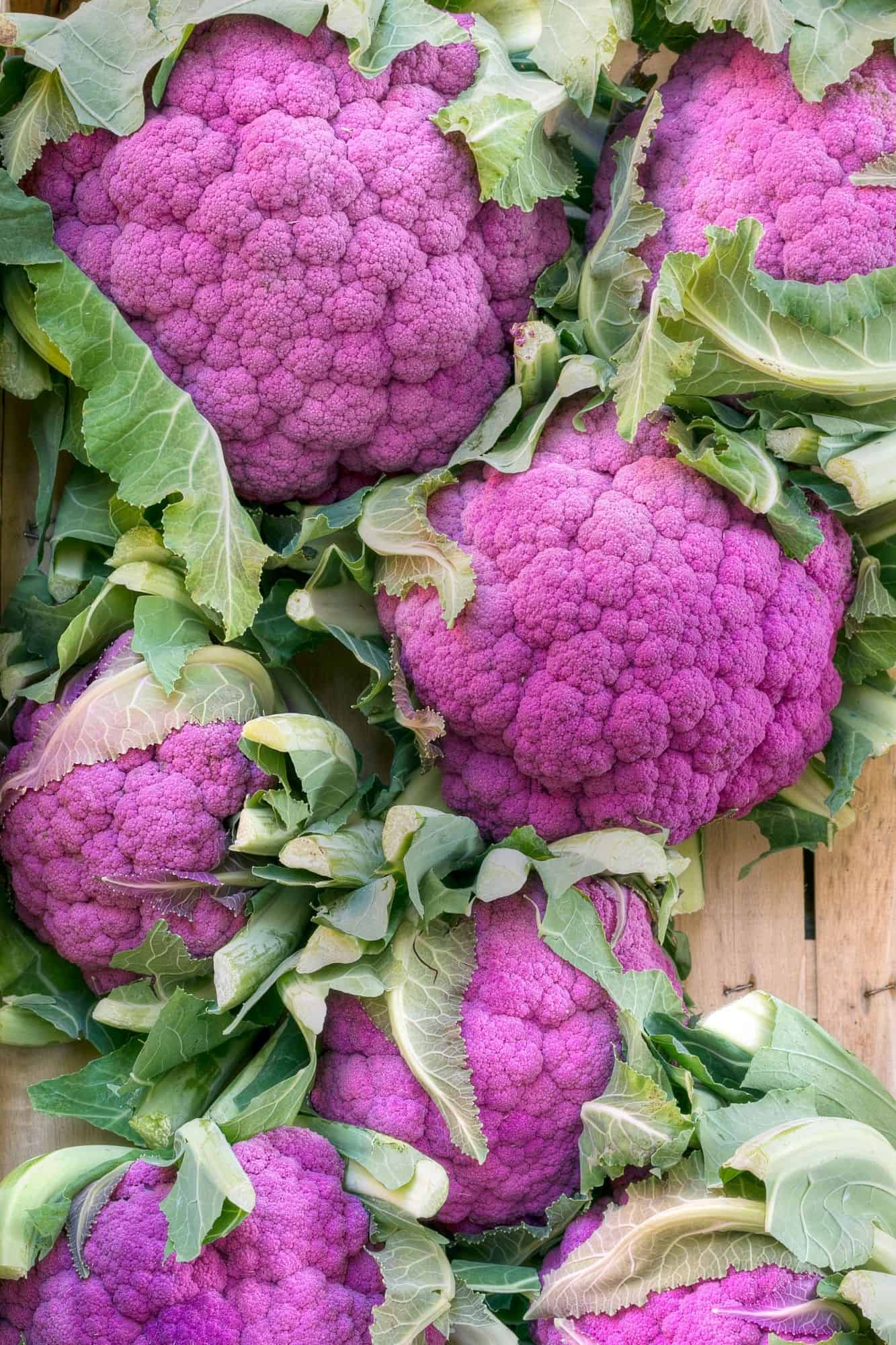
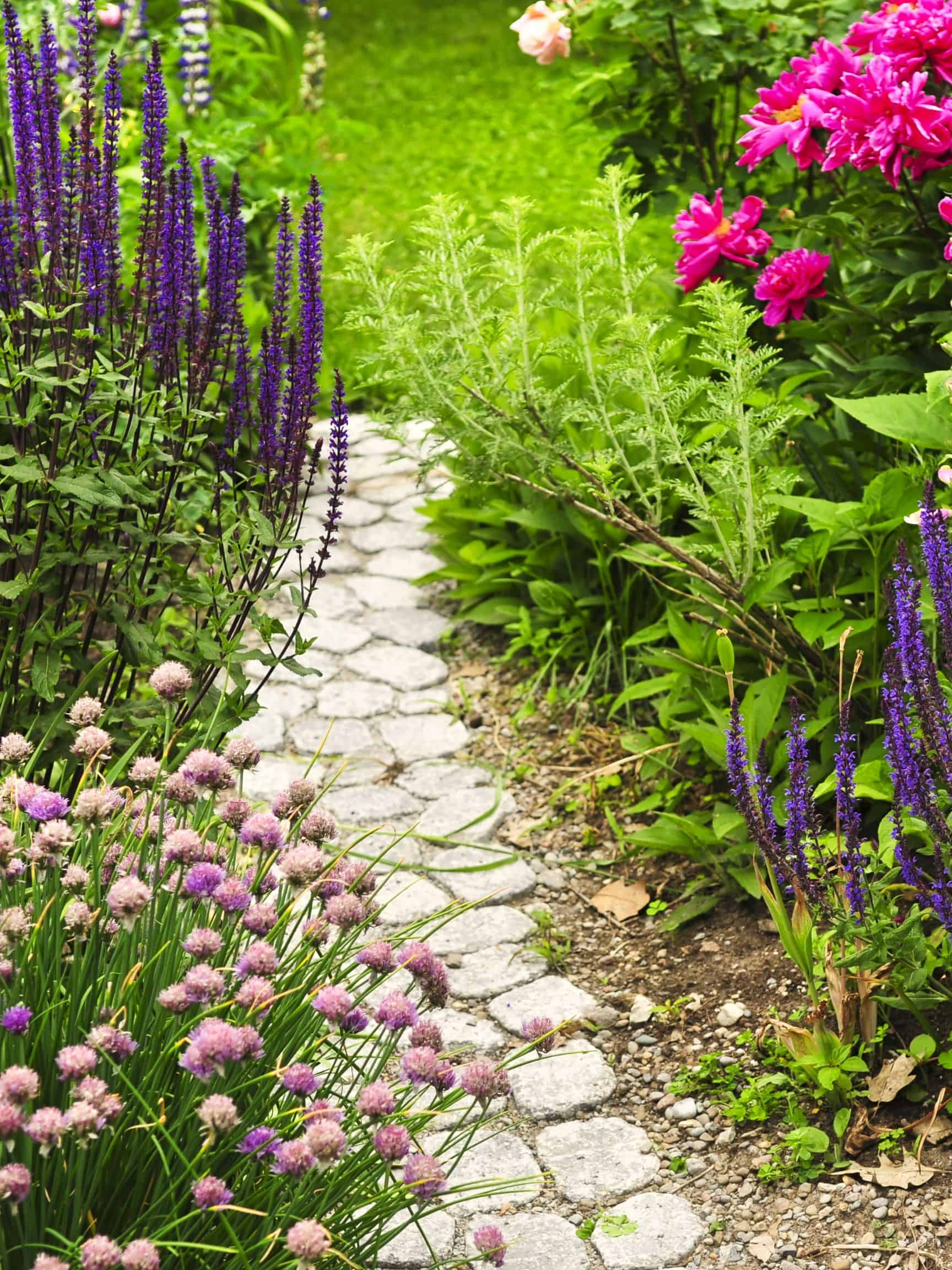
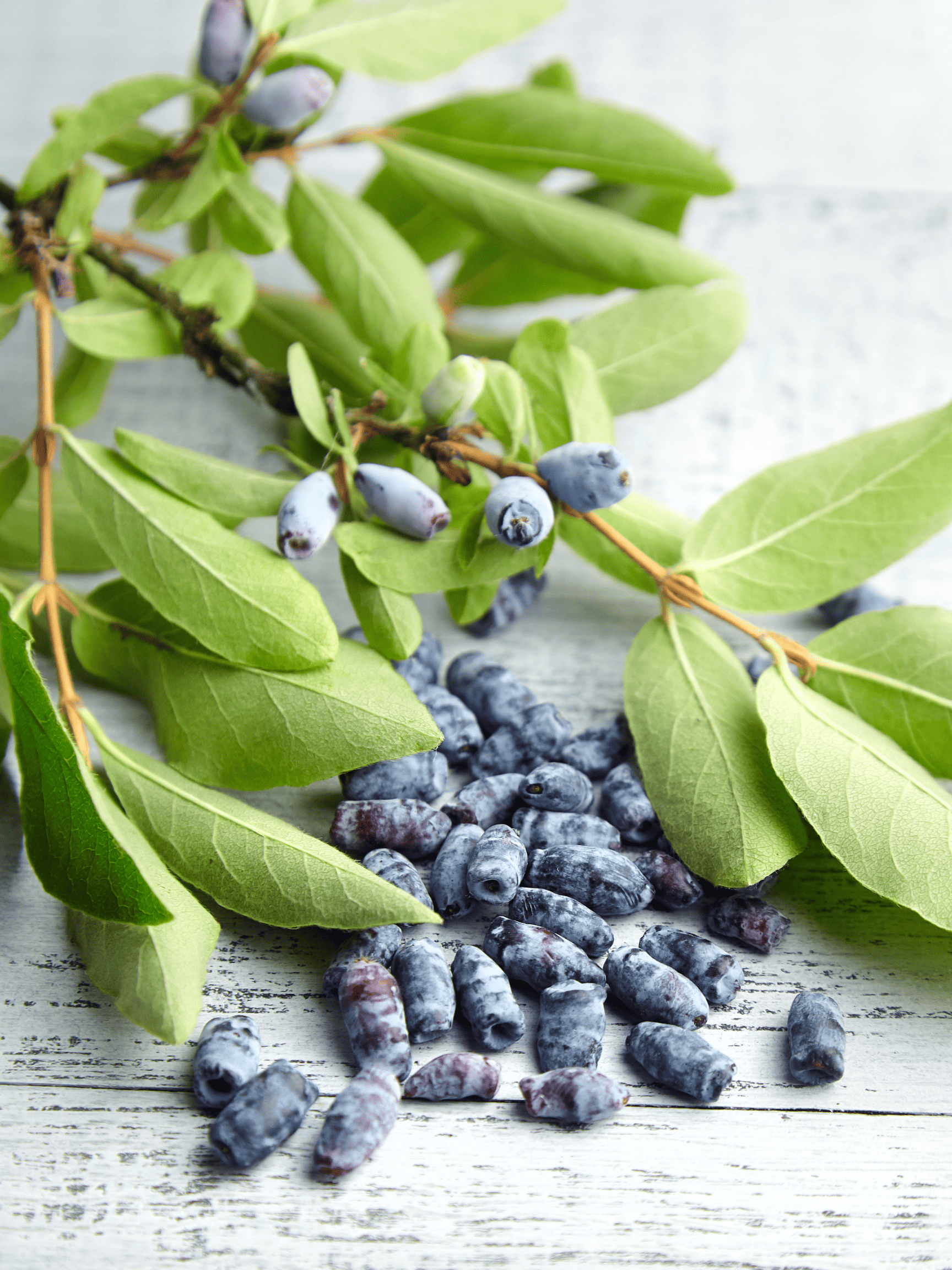
*Rhubarb stalks
Thank you for a quick and informative intro to growing rhubarb!
So happy you enjoyed it Rachel! I hope you have success with your rhubarb 🙂